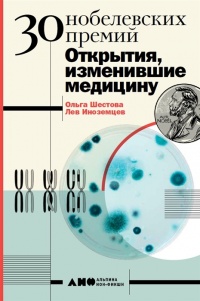Книга Возбуждённые: таинственная история эндокринологии. Властные гормоны, которые контролируют всю нашу жизнь (и даже больше) - Рэнди Хаттер Эпштейн
Читать книгу Возбуждённые: таинственная история эндокринологии. Властные гормоны, которые контролируют всю нашу жизнь (и даже больше) - Рэнди Хаттер Эпштейн полностью.
Шрифт:
-
+
Интервал:
-
+
Закладка:
Сделать
Перейти на страницу:
Перейти на страницу:
Книги схожие с книгой «Возбуждённые: таинственная история эндокринологии. Властные гормоны, которые контролируют всю нашу жизнь (и даже больше) - Рэнди Хаттер Эпштейн» от автора - Рэнди Хаттер Эпштейн:
Комментарии и отзывы (0) к книге "Возбуждённые: таинственная история эндокринологии. Властные гормоны, которые контролируют всю нашу жизнь (и даже больше) - Рэнди Хаттер Эпштейн"












